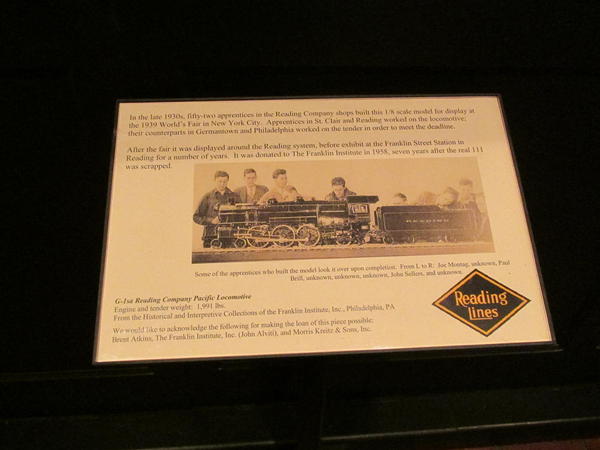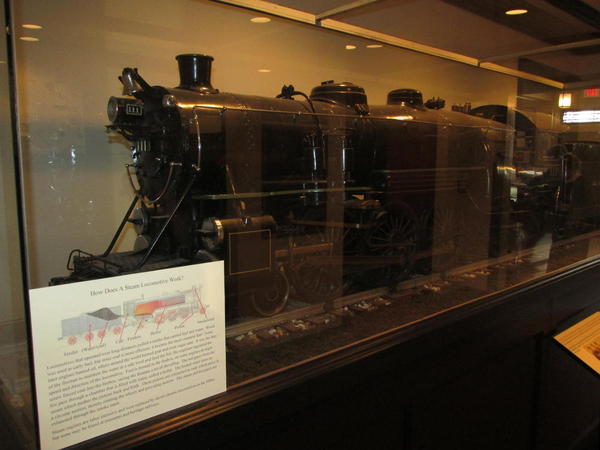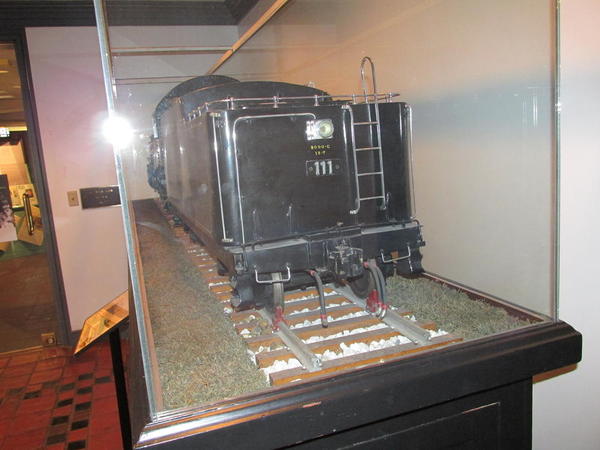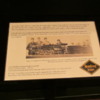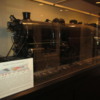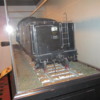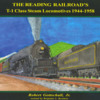Originally Posted by freddok:
Neat set of replies, so far, and thanks! I'm wondering; did the Reading Company ever have a special name for its famed T-1 Class 4-8-4's?
No.
During World War II, Superintendent of Motive Power E. Paul Gangeware went on record recommending that the Reading make do with existing steam power and dieselize as quickly as possible after the war. The newest locomotives were 10 huge K-1 2-10-2's built by Baldwin in 1932. Everything else was older. Many were a lot older.
In 1944, Reville W. Brown, a former B&O engineer, became President of the Reading. He favored steam power and arranged the rebuilding of 20 (then 30) of the youngest immense I-10sa 2-8-0's (2020-2049) as T-1 4-8-4's (1945-1947) and the construction of 10 G-3 4-6-2's (the last built in America) with parts from Baldwin in 1948.
Unlike the Lehigh Valley and the Lackawanna, the Reading didn't have the topography or long runs where 4-8-4's excelled. The T-1's had teething pains. They were less powerful than K-1 2-10-2's or the Western Maryland's massive 4-8-4's (Potomacs) on the joint Reading-WM "Dutch Line" (Hagerstown, Lurgan, and Rutherford Yard between Harrisburg and Hershey).
The Reading retired the T-1's by 1956 but stored them carefully. Just about everything else was scrapped by that time or soon after. T-1's were the last big steamers left on the anthracite roads. In 1959, the Reading responded to many requests by running the first Iron Horse Ramble on October 25, 1959 - the day after N&W J 611 made her last run to Roanoke with an excursion.
Today, the Reading is by far the best preserved and operated of all the anthracite roads. The NS and the Reading & Northern keep former Reading mains busy. Nine steamers remain, including a 1:8 scale G-1sa Pacific constructed by 52 Reading Shops apprentices. The Wanamaker, Kempton & Southern, New Hope & Ivyland, and the Strasburg run Reading passenger cars. The Reading Company Techical & Historical Society keep home fires burning in a Museum on South Third Street in Hamburg by the Blue Mountain & Reading yard.




